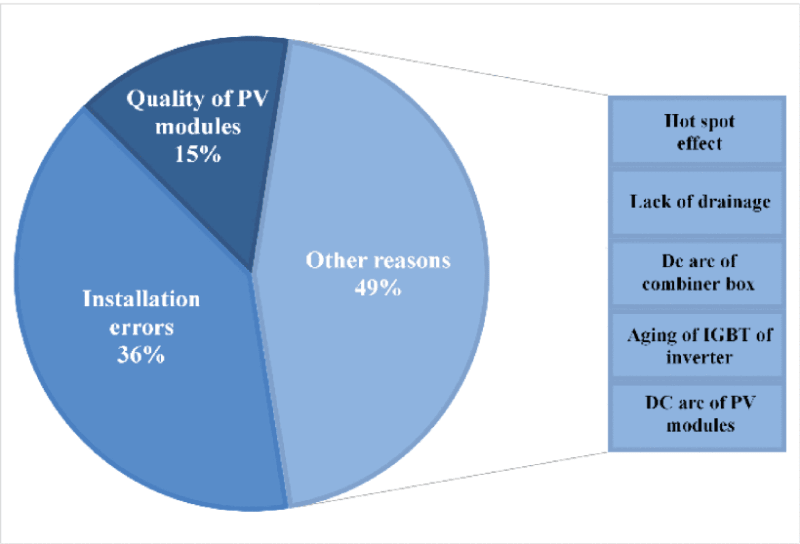We don't have combiner boxes here just straight strings to inverter no fuses and no rapid shutdown.
They are the place where multiple strings come through, that's where the fuses/breakers are located, Surge protection for the strings, string monitoring if it's not done and the rapid shut down isolators if required if it's in the attic and also the earthing bus bar and grounding protection stuff. Some also do the paralleling of strings up as well. If there is DC charging of batteries involved there is a whole load of other stuff in there as well.
They are used a lot in the USA due to a code regulation you have. Before about 10 years ago USA mainly used inverters with transformers and required a separate ground spike to the solar which was bonded across to the main house spike. That then went to the combiner box to be used for the surge protection, array grounding and to the inverter DC side.
The transformer less inverters get the ground from the AC side and as such don't require a dedicated earth spike of their own for the DC side. But the fusing, surge protection, Dc breakers, firemans isolator etc are still being put into combiner boxes. They developed over the years into quite an industry and heavily sold as major safety required items. Each box has colossal amounts of connection points between various components handling some very high currents and voltages. And they like to get them as small as possible which is one of the selling points.
The old transformer inverter setups with battery with all the trunking etc you could easily fill up 2m2 of wall with all the bits and bobs that are now included in the purpose made combiner boxes which come in at under 0.5m2.
German codes require all that external stuff to be included inside the transformer less inverter. Europe has never really used transformer isolating inverters. Plus, it's a different setup because we have 230V/400V 1/3 phases and USA has your split phase setup.
The above is what I know on the subject of combiner boxes and I will admit it may be incomplete or wrong in some parts especially surrounding the earth required onto isolating transformer setups.
Some solar setups are works of art with the wiring and various bits and pieces, You look at mine with 5 cables coming down a flexitube from the ceiling into the inverter and it feels very like you have turned up to a gun fight with a potato gun when everyone else has military assault rifles. The combiners can be 500$ plus. Some say but you need to be able to isolate the strings. Only time I have ever disconnected mine after installation in 4 years, was to boot up my second inverter and register it with the grid for the new barn. And due to that being delayed building it and paperwork deadlines, I did a Boeing and borrowed a string of the first inverter to power it up. Connected the AC to the house and internet registered it and then left it for 3 days until I got the confirmation from the grid that paperwork was now complete and then put it back the way it was and the new inverter under my bed.

![[smile] [smile] [smile]](/data/assets/smilies/smile.gif)
